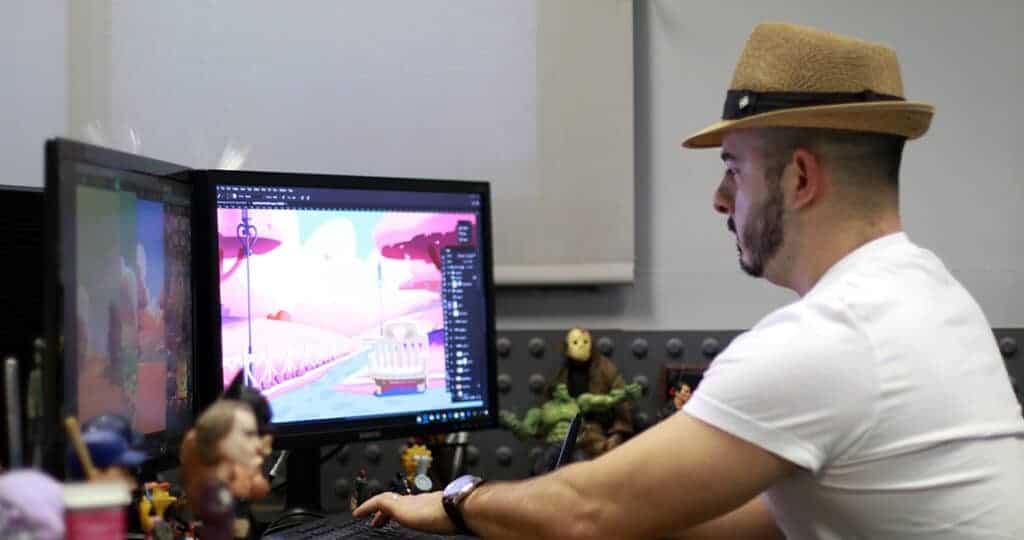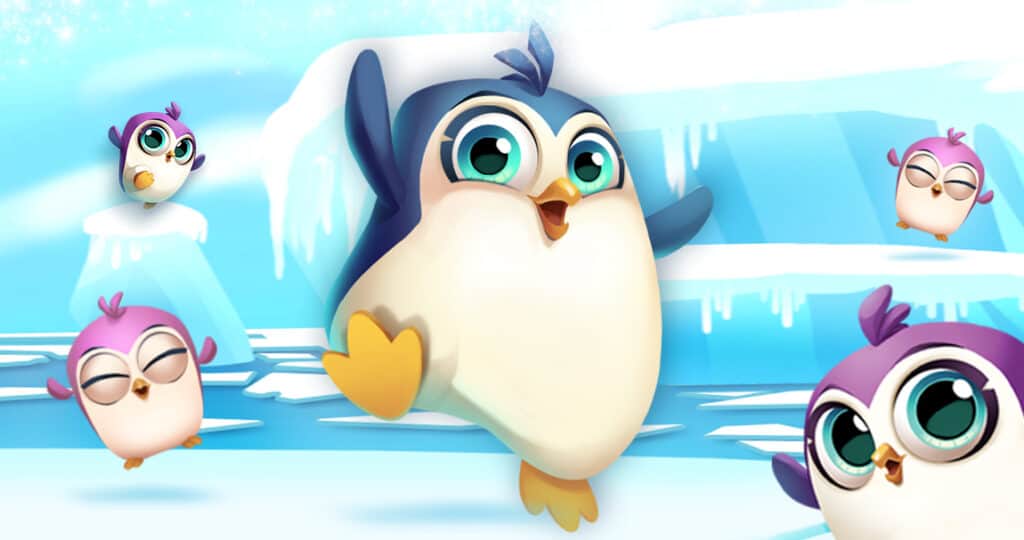Given the importance of art in gaming we have decided to have a chat with our talented artists, Nachshon Rubel and Gilad Schenker, and to discuss the significance of art in Bubble Shooter Games, a leading line of games in our company. We asked them to tell us more about the creative process in the making of our latest adventure themed bubble shooter games and the different challenges they had to face. Here’s what they had to share.
Every game has its own composition and ‘agenda’ and the art is a way to bring shape to it and to create a story, an experience for the players.
Game developers use art in order to create the aesthetic elements such as the texture, scenery, characters and generally to convey a certain feeling and experience through their games. Addressing the art in Bubble Shooter games there are various factors you have to take into consideration. Such as the background, characters, the UI and the standard gameplay of shooting bubbles at the top of the screen and clearing the board from the bubbles. In addition to the special boosters and of course the bubbles themselves.
The Inspiration Behind the Adventure
In the adventure-themed bubble shooter games, we wanted to bring to life the concept of taking a journey and discovering new places. The idea was to create new fun games which introduce special artworks, new sceneries, and the UI to match them, together with new boosts and levels.
Usually, the artist receives a description of a new game, sometimes a very specific one and at times the definition is vague, leaving more room for creativity. The first step in the working process is to gather references and to come up with different associations in order to get a general sense of style. Movies like Indiana Jones, The Mummy, Tomb Raider, and famous landscapes and sites around the world (like the ancient Maya temples and
The Hawaiian Islands) were part of what inspired the creation of the style for these games. The most important thing is to have a point of connection to reality; something familiar that players can relate to – “You have to keep in mind the fact that we are trying to sell a story through our work“, Gilad explains.
Composition
Next, the artist has to decide what the artwork is going to include, which objects and how the composition is going to be like. In this stage, the artist pays less attention to details and is focused on the general overview. In a way, the artist performs as a director who stages the scene to his (or her) will but at the same time has to make sure that the art doesn’t interfere with the gameplay. As Nachshon points out – “You have to take into account the bubbles and the special elements that are part of the game and to check that they sit well together with the art”. The UI should also be in the context of the art and at the same time to remain distinct so that the player can easily identify and understand it.
From Sketches to Color
As the general picture begins to take shape, the next step is to put it on paper and examine the results in the good old-fashioned way – pencil sketches. The initial sketches are in black and white allowing the artist to play with the brightness and the shading. The artist usually prepares 4-7 sketches and then chooses the one (or a combination) that best conveys the idea behind the game.
An important phase in the artwork process is creating the color sketches due to the fact that colors determine what ambiance-mood the artist wants to create.
According to Gilad “colors are an important tool to convey emotions, we have to think about what we want the player to feel, and what is the effect we are looking to create, like dramatic feeling and also fun.” Music, for example, can create the same effect – the ultimate goal is to have the player to experience, to feel the special ambiance of the game. In addition, the choice of the colors also allows the artist to emphasize certain elements and to decide what is important and in which direction you want the player to go in his or her mind.
Challenges
“One of the biggest challenges we have to face is to understand what exactly are we expected to create, what the general vision is, and to be able to translate it into a work of art”, Gilad reveals.
Another challenge is the tight schedule which forces the artist to prioritize the different assignments and to be very clear in respect to his goals. The artist has to break down the process into simple achievable steps. This way, Nachshon explains, “the artist can predetermine what does he want to accomplish in every step and his work process remains organized”.
Ultimately, the main goal and challenge according to Gilad is to “give your skill” to the artwork at the given time frame and to be able to use the art as a vehicle to tell a story and communicate a certain emotion and a feeling.




